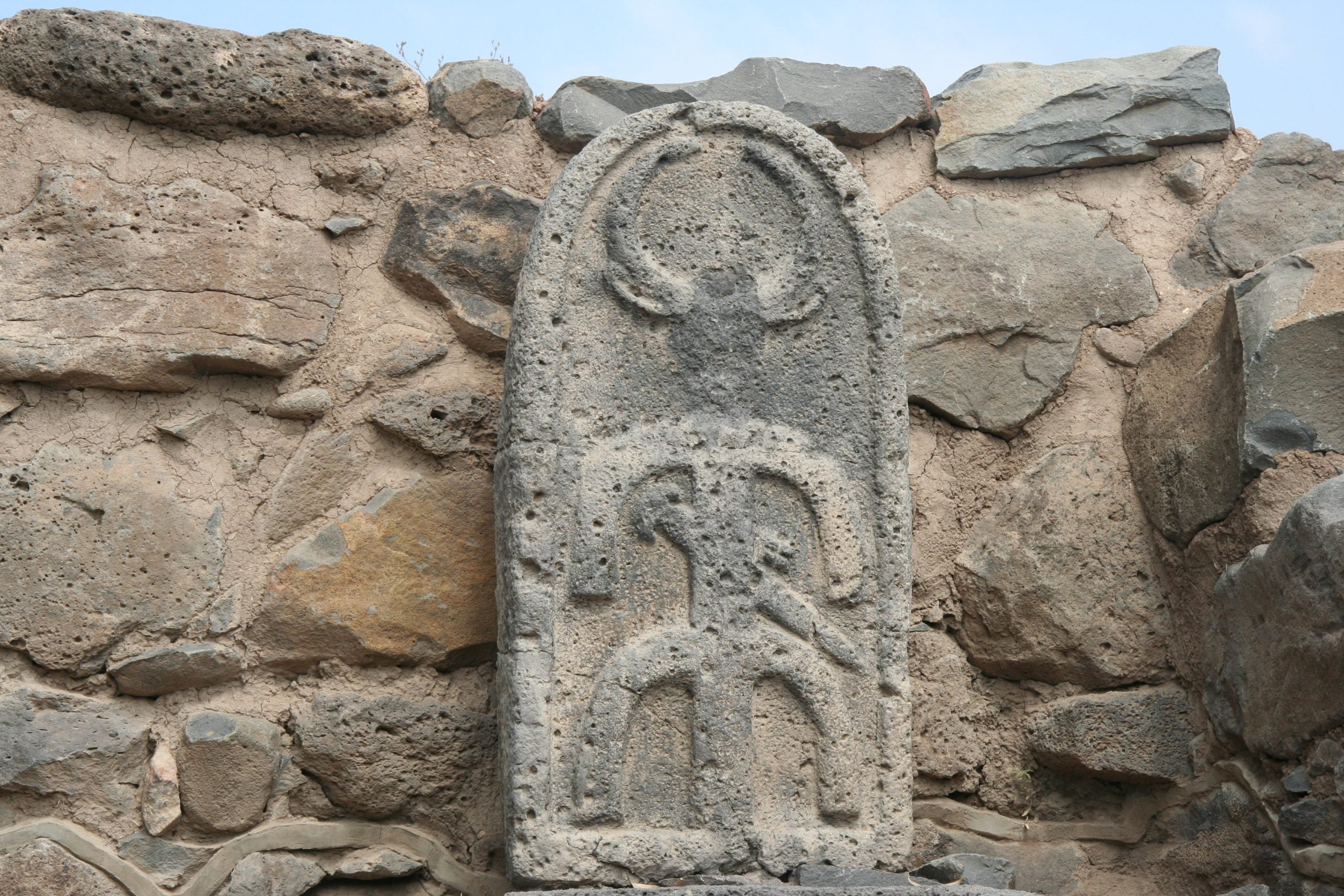Bethsaida: A Historical and Archaeological Overview
Bethsaida, a name that resonates with historical and biblical significance, has been a subject of scholarly interest and debate for centuries. Known in various sources as Bethsaida, Julias, or Julia, this ancient site holds a pivotal place in the narratives of the New Testament, where it is mentioned as the hometown of apostles Peter, Andrew, and Philip. The etymology of Bethsaida, deriving from Aramaic and Hebrew meaning ‘House of the Fisherman’ or ‘House of the Hunter’, underscores its presumed economic activities and geographical setting near the Sea of Galilee.
Get your dose of History via Email
Historical Context in the New Testament
The New Testament provides several accounts that highlight the importance of Bethsaida. According to John 1:44, it was the hometown of three of Jesus’ apostles. The Gospel of Mark (Mark 8:22–26) narrates an episode where Jesus healed a blind man in the vicinity of Bethsaida. Furthermore, Luke 9:10–11 describes a miraculous event where Jesus fed five thousand people near this location. These accounts not only underscore the spiritual significance of Bethsaida but also its role as a backdrop for pivotal New Testament events.

Geographical Placement and Historical Accounts
Historical sources offer insights into the geographical placement of Bethsaida. Pliny the Elder, in his Natural History, situates Bethsaida on the eastern side of the Sea of Galilee. Josephus further details its location, mentioning its proximity to the Jordan River and the lake Semechonitis. Theodosius the archdeacon, in his 6th-century account, provides distances between Bethsaida and other notable locations such as Capernaum and Paneas, offering a glimpse into the ancient landscape.
Archaeological Investigations and Site Identification
The precise location of Bethsaida has been a matter of scholarly debate, with three primary sites considered: the Bedouin village of Messadiye, the settlement of El-Araj, and the archaeological site of Et-Tell. Recent archaeological endeavors have focused on Et-Tell and El-Araj, with significant findings at both sites suggesting their potential as the historical Bethsaida.

Et-Tell
Promoted by the Bethsaida Excavations Project, Et-Tell has yielded archaeological evidence suggesting its identification with Bethsaida. Excavations have uncovered remnants of fishing equipment, indicating the site’s economic activities. However, its distance from the Sea of Galilee has raised questions about its viability as a fishing village, leading to hypotheses regarding geological and environmental changes that might explain this discrepancy.
El-Araj
El-Araj, proposed by another group of archaeologists, has recently emerged as a strong candidate for the location of Bethsaida. Discoveries, including a Roman bathhouse and potential remains of a Byzantine church, suggest the site’s urban character during the Roman period. The identification of what some believe to be the Church of the Apostles further strengthens El-Araj’s claim as the historical Bethsaida.

Historical and Archaeological Significance
The ongoing archaeological investigations at Et-Tell and El-Araj continue to enrich our understanding of Bethsaida’s historical and cultural context. These findings not only contribute to our knowledge of ancient Galilean society but also provide tangible connections to the biblical narratives that have shaped religious thought for centuries.
Conclusion
Bethsaida’s historical and archaeological narrative is a testament to the complex interplay between geography, history, and religious tradition. As excavations and research continue, the quest to definitively identify Bethsaida offers the promise of new insights into the ancient world and its enduring legacy in the present.
Sources:

